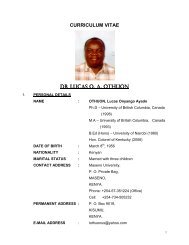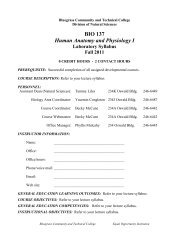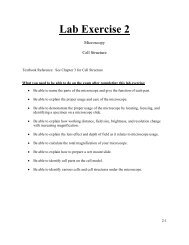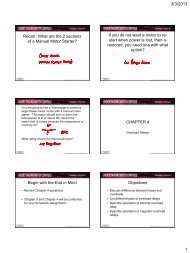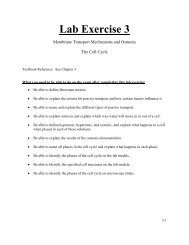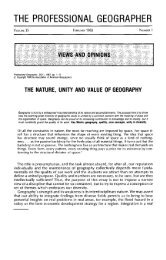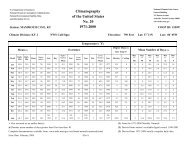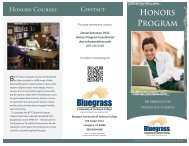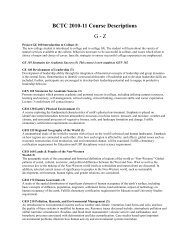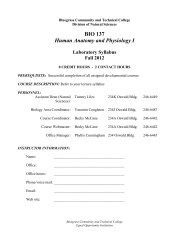Learning Strategies, Study Skills, & Paired Courses - College ...
Learning Strategies, Study Skills, & Paired Courses - College ...
Learning Strategies, Study Skills, & Paired Courses - College ...
You also want an ePaper? Increase the reach of your titles
YUMPU automatically turns print PDFs into web optimized ePapers that Google loves.
Concept Mapping and Reading Math Texts (cont’d.) 32.<br />
DIRECTIONS FOR MAPPING ACTIVITY<br />
1. Share each individual map within your group. (5 min.)<br />
2. Create one group map which: integrates ideas from group members, uses all terms,<br />
shows main ideas and subordinate ideas, and shows sequence. (5-10 min.)<br />
3. Be prepared to share your group map with the class.<br />
4. Turn in your group map and each member’s individual map.<br />
Rubric for group points:<br />
_____/1 follows group process<br />
_____/1 integrates ideas from members<br />
_____/1 uses all terms<br />
V. Example of a group map:<br />
_____/1 shows main ideas & subordinate ideas<br />
_____/1 shows sequence<br />
_____/5 TOTAL<br />
WHY IT WORKS: Creating a semantic concept map helps students visualize the relationships<br />
among course vocabulary. This simple process facilitates both brain hemispheres and uses visual<br />
and tactile learning preferences. Also, when students collaborate to create a map, auditory<br />
processing modalities are stimulated.<br />
Creation of a map helps students move beyond literal, word-for-word recall of course vocabulary<br />
and toward summarizing concepts in their own words. The map clarifies hierarchical and<br />
sequential relationships among concepts, aiding interpretive and applied levels of comprehension.<br />
A concept map organizes information similar to a neural network; ideas are interconnected and<br />
stored based on prior knowledge. Thus, learners articulate and verbalize their metacognition,<br />
providing the instructor with an instant assessment tool. The map indicates how well students<br />
understand relationships among terms and how well they apply concepts to solve math problems.<br />
Contributors<br />
Rudy Gunawan, Math Instructor, and Jean LaBauve, English Instructor, Spokane Falls<br />
Community <strong>College</strong>, WA (JeanL@spokanefalls.edu)



